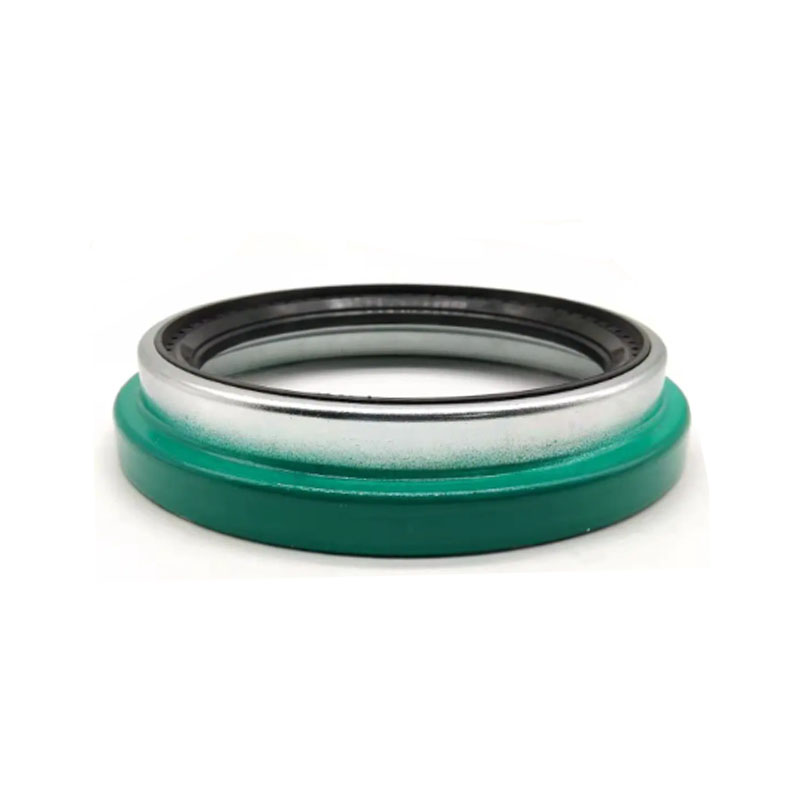Understanding the Benefits and Applications of Rubber Shaft Seals in Machinery
Understanding Rubber Shaft Seals Essential Components for Mechanical Systems
Rubber shaft seals are critical components in various mechanical systems, providing essential protection and functionality. These seals are designed to prevent the leakage of fluids and contaminants, ensuring that machinery operates efficiently and reliably.
Composition and Types
Rubber shaft seals are typically made from high-quality elastomers such as nitrile, fluoroelastomer, or silicone. The specific type of rubber used is chosen based on the application requirements, including temperature range, chemical compatibility, and the type of fluid being sealed.
There are several common types of rubber shaft seals, including lip seals, O-rings, and rotary seals. Lip seals feature a flexible lip that conforms to the shaft, creating a tight seal. O-rings are circular seals that fit into grooves and provide a sealing function when compressed. Rotary seals, also known as radial seals, are designed for rotating shafts and are essential in applications such as pumps and gearboxes.
Applications
Rubber shaft seals are used in a wide range of applications across various industries. In the automotive sector, they are found in engines, transmissions, and differential housings. In manufacturing, they are crucial for machinery that involves rotating parts, such as conveyor belts and gear systems. Additionally, they are utilized in hydraulic systems, where they prevent fluid leaks, ensuring the system's efficiency and safety.
The importance of rubber shaft seals cannot be overstated. A malfunctioning seal can lead to significant issues such as fluid leakage, contamination, and premature wear of components. This not only affects the operational efficiency of machinery but can also lead to costly repairs and downtime.
rubber shaft seal

Installation and Maintenance
Proper installation and maintenance of rubber shaft seals are vital for optimal performance. During installation, it is crucial to ensure that the sealing surface is clean and free from debris. This prevents damage to the seal and promotes a proper seal. Additionally, correct alignment of the seal with the shaft is essential to avoid wear and tear.
Regular maintenance checks can help identify potential issues before they escalate. Signs of a failing seal include visible leakage, abnormal noise, or changes in machinery performance. In such cases, timely replacement of the seal can safeguard against more extensive damage to the equipment.
Advancements in Seal Technology
As technology advances, so does the design and production of rubber shaft seals. Manufacturers are continually developing seals that offer improved performance, such as enhanced resistance to extreme temperatures, aggressive chemicals, and increased durability. Innovations in material science have led to the creation of seals that can withstand harsher conditions, making them suitable for even the most demanding applications.
Furthermore, the introduction of computer-aided design (CAD) and simulation tools has improved the design process, allowing for more precise manufacturing. This results in better fitting seals and reduced friction, which translates to lower energy consumption and improved efficiency in mechanical systems.
Conclusion
Rubber shaft seals play an invaluable role in maintaining the integrity and efficiency of mechanical systems. Their ability to prevent leaks and contamination makes them indispensable in various applications, from automotive to industrial machinery. Understanding the types, uses, and maintenance practices associated with these seals can help ensure that machinery operates smoothly and extends its operational life. As technology continues to evolve, the future of rubber shaft seals looks promising, paving the way for more efficient and reliable mechanical systems.
-
The Ultimate Guide to Car Repair Kits: Tools and Essentials Every Driver Should Own
News Aug.01,2025
-
The Complete Guide to Oil Pan Gaskets: Sealing Engine Leaks the Right Way
News Aug.01,2025
-
Preventing Oil Leaks: A Complete Guide to Oil Pan Gaskets and Drain Seals
News Aug.01,2025
-
Everything You Need to Know About Oil Pan Gaskets and Drain Plug Seals
News Aug.01,2025
-
Essential for Car Owners: How to Use a Car Repair Kit to Deal with Minor Breakdown
News Aug.01,2025
-
Comprehensive Guide to Engine Oil Sump Gaskets and Related Seals
News Aug.01,2025
-
The Ultimate Guide to Boat Propeller Bearings and Trailer Wheel Bearings
News Jul.31,2025
Products categories















